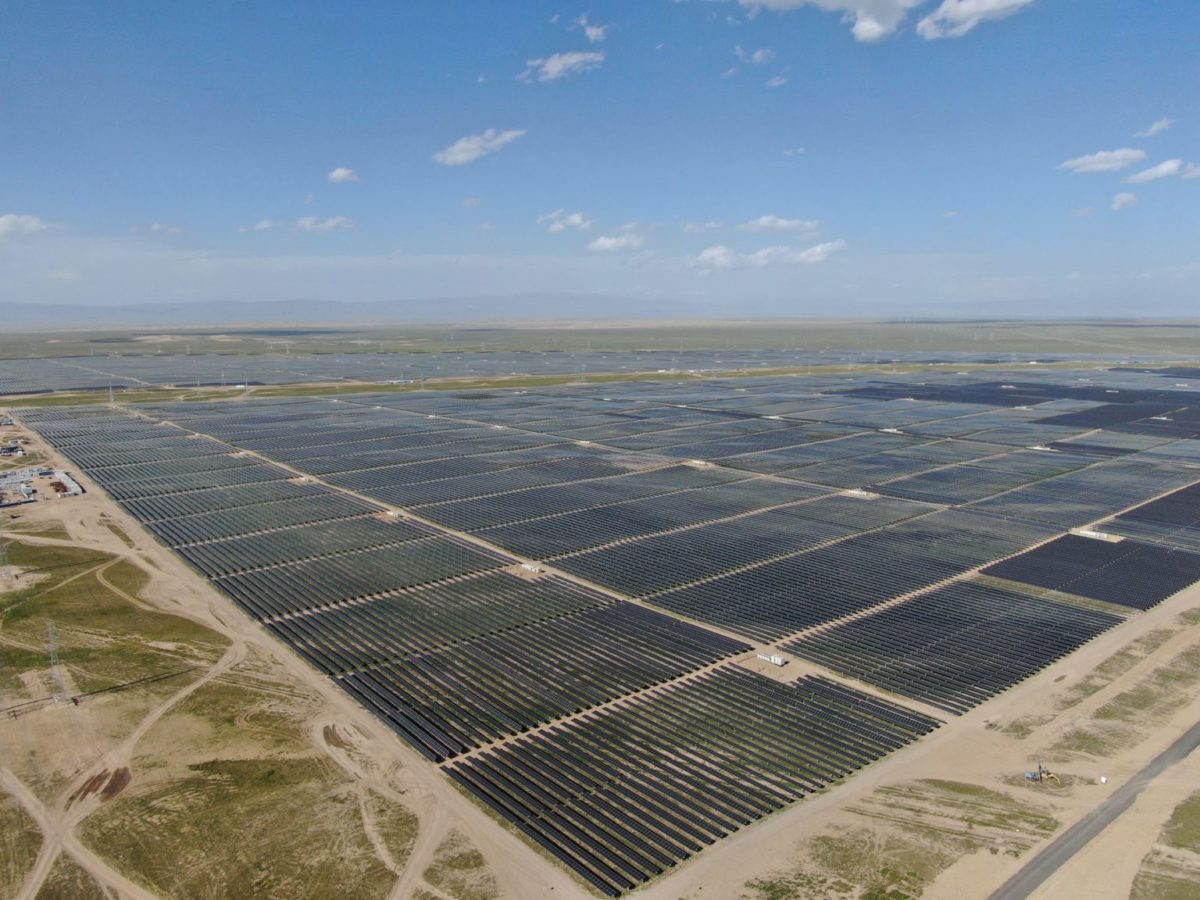From pv magazine USA
Due to increases in efficiency and size, high-wattage solar panels are generating higher electrical currents, and thus an increased probability of heat events. Longi Solar has taken note of this as they develop solar modules, and it has released a brief analysis of its modules and junction boxes.
Junction boxes are placed on the back of solar panels, and are the interface that connects the panels to the outside world. Longi was the world’s largest seller of solar panels in 2021, so naturally they sold more junction boxes than any other manufacturer. They also predict that global solar installations will reach 1 TW each year by 2030.
The company notes that the “hot spot durability and diode thermal performance testing” logic is designed in accordance with the IEC 61215 & 62790 standards.
Longi compares its bifacial Hi-MO5 solar modules series, which has a lower front-side short-circuit current value of 13.9A, to a unit with a current of 18.5A. The company said lower voltages produce long-term product stability by lowering module temperatures, and associated temperature swings. It says that higher currents increase the chance of a fire.
Glass-glass bifacial solar panels do have an opportunity to reach 50 year useful lifetimes. Longi's analysis states that a competing 18.5A module can simply upgrade its junction box to 30A protection and meet a safety margin of 1.25 (accounting for bifacial gains). However, reducing current can limit the number of modules that can be wired on a string, due to lower voltage allowances.
Additionally, the temperature range of this high-current module would place it outside of Longi's suggested potential thermal runaway zone. Higher temperatures carry higher risks.
Longi explains that hot spots and thermal runaway can occur when modules are shaded while operating outdoors (as opposed to highly controlled lab conditions). This shading can be caused by fallen leaves, an accumulation of dust, or anything that blocks enough light to stop and reverse current, leading to thermal runaway. These hot spots can occur under fairly normal conditions, meaning these conditions must be accounted for as a design standard.
Since higher current panels tend to produce higher temperature hot spots and increased heat build up, Longi concludes that heat dissipation gear must be improved, particularly in equipment that doesn’t meet certain standards.
When these local current leaks occur regularly over decades of expected electricity generation, they silently, and permanently, reduce system output. While manufacturers could potentially mitigate the challenges of high currents with fuses and thicker copper wiring, Longi believes that starting with lower currents is the better solution, for now.
This content is protected by copyright and may not be reused. If you want to cooperate with us and would like to reuse some of our content, please contact: editors@pv-magazine.com.



C’mon PV Mag, get it together… “Longi compares its bifacial Hi-MO5 solar modules series, which has a lower front-side short-circuit voltage value of 13.9A, to a unit with a current of 18.5A.” – There’s no such thing as Short-Circuit Voltage.
Hi Tony, thanks for your message. That was clearly a slip, the text was amended.
This article discusses the advantages of using lower current solar panels.
John Fitzgerald Weaver argues that lower current panels are more stable and produce less heat, making them less likely to cause a fire.
Additionally, John Fitzgerald notes that lower current panels can be wired on a string with fewer modules due to lower voltage allowances.
Weaver makes some valid points about the advantages of using lower current solar panels.
However, I believe there are also some disadvantages to using these panels.
For example, lower current panels may not be able to generate as much power as higher current panels.
Additionally, lower current panels may not be able to handle as much shading as higher current panels.
Overall, I believe each panel type has its advantages and disadvantages, and it is up to the individual to decide which type of panel is best for their needs.